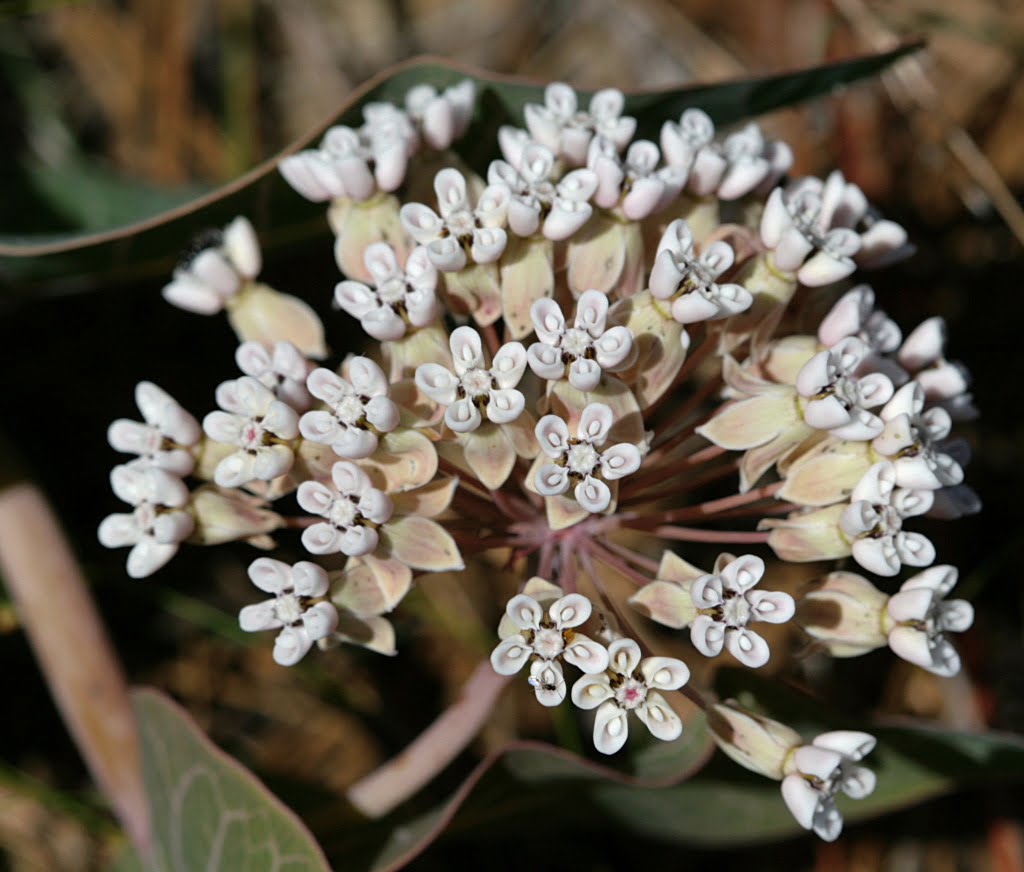The conservation of the Monarch Butterfly is a complex issue that requires coordinated efforts from various stakeholders, including governments, organizations, and individuals. While the U.S. government can play a crucial role in the conservation efforts, it cannot single-handedly save the Monarch Butterfly.
The decline in Monarch Butterfly populations is primarily attributed to habitat loss, climate change, pesticide use, and other factors directly related to the citizens, and not the government itself. There is a special connection between Milkweed and Monarchs.
If you don’t have Milkweed in your areas, you will not have Monarch Butterflies.
Monarch depend on Milkweed. If we Plant More Milkweed, we will See More Monarch Butterflies. Since the government will not likely come and install Milkweed in our yards, it is up to regular citizens to Plant More Milkweed anywhere and everywhere we can.

10 Sandhill Milkweed Seeds Ascslepias Humistrata Pinewood Milkweed Florida-Native
With Johnny Butterflyseed’s Sandhill Milkweed seeds, you’re not just planting flowers; you’re cultivating a living mosaic of nature’s marvels. 10+ Florida Native seeds.
To address the issues facing Monarch Butterflies, the government can take several steps to support conservation:
- Habitat Conservation: The government can establish and protect Monarch Butterfly habitats, such as milkweed-rich areas and overwintering sites. This can be done through the establishment of national parks, wildlife refuges, and conservation programs. This will not, however, help the homeowner whose new housing development decimated all forms of plant life in the area.
- Research and Monitoring: The government can fund scientific research and monitoring programs to understand the population dynamics, migration patterns, and ecological requirements of Monarch Butterflies. This knowledge can inform conservation strategies and help track the effectiveness of conservation efforts. Still, budgets are always tight, and there is only so much our government-employed biologists and scientists can do in a day, leaving a huge amount of work to Monarch Butterfly Citizen-Scientists to find, observe, and identify butterflies.
- Policy and Regulation: The government can implement and enforce regulations to minimize the use of pesticides harmful to Monarch Butterflies and their habitats. Additionally, it can encourage the planting of milkweed and nectar-rich flowers in public lands and private properties. Giving tax breaks to homeowners who install and maintain native Milkweed gardens would be a wise step in the right direction.
- Public Awareness and Education: The government can support public awareness campaigns and educational programs to inform the public about the importance of Monarch Butterflies and their conservation. This can involve partnerships with schools, conservation organizations, and media outlets. Libraries can have a special budget set aside to purchase books and educational materials related to Monarch Butterflies that do not impact the regular budget. Still, most Monarch Butterfly conservation education will spread by word of mouth.
- International Cooperation: Since Monarch Butterflies migrate across North America, the U.S. government can collaborate with Mexico and Canada to implement joint conservation efforts. This can include initiatives to protect critical overwintering sites in Mexico and preserve habitats along migration routes. This will, again, not apply to the average homeowner.
It’s important to note that saving the Monarch Butterfly requires collective action from individuals, communities, and organizations as well. Governments can provide the necessary resources, policies, and coordination, but ultimately, everyone must contribute to conservation efforts to ensure the long-term survival of these beautiful insects… one day at a time!
